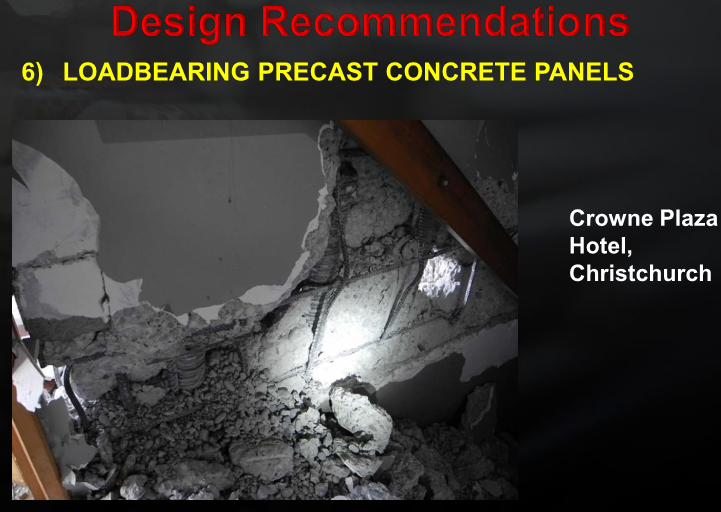Just to let those who are interested know, the draft for the new concrete code has been released.
[URL unfurl="true"]https://www.concreteinstitute.com.au/News/National/AS3600-Standards-Australian-Draft-for-Public-Comme?returnUrl=/Home
[/url]
[URL unfurl="true"]https://www.concreteinstitute.com.au/News/National/AS3600-Standards-Australian-Draft-for-Public-Comme?returnUrl=/Home
[/url]

